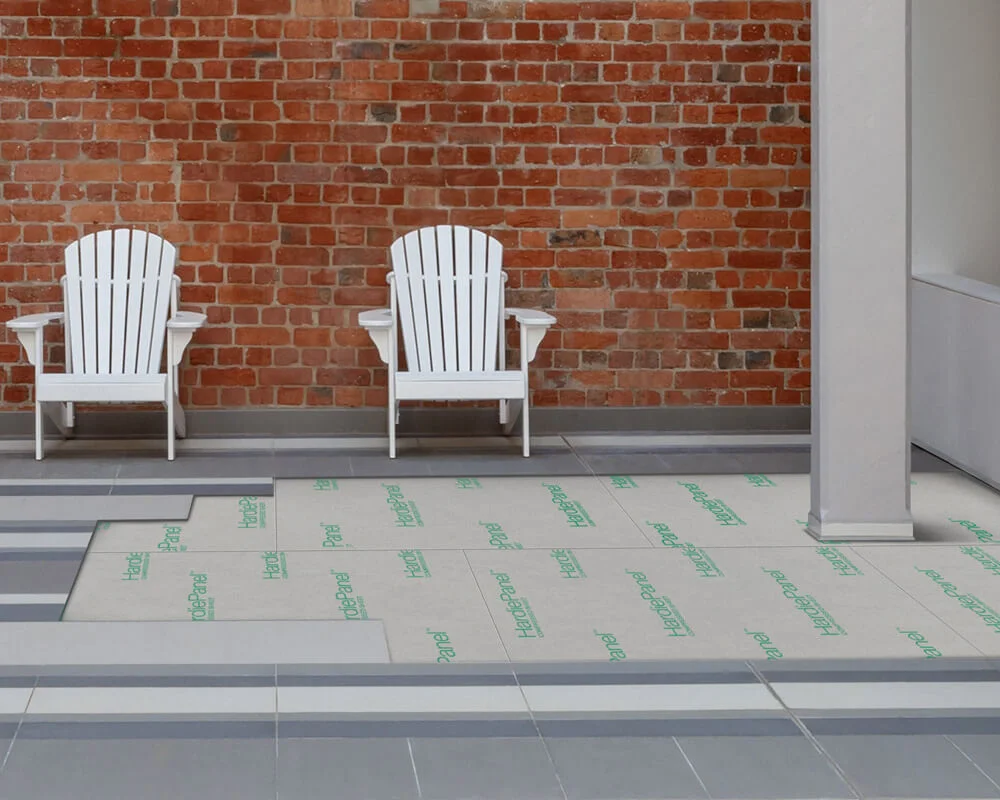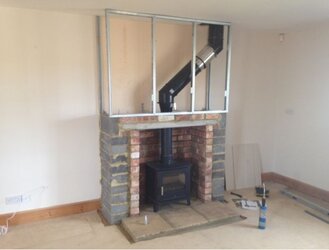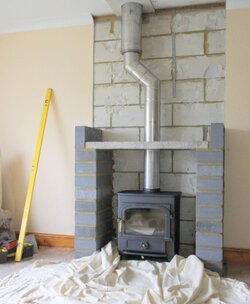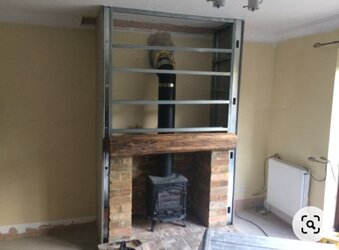Greetings everyone! Long time lurker, first time poster.
I'm from New Hampshire but live in Australia. I am a carpenter by trade.
I'm about to install a beautiful old 1994 Lopi Liberty in my single storey brick veneer house.
It's a beast of a stove. I've got 8 foot ceilings and sheetrock walls. I really like the look of a false chimney breast (pic attached) and wondered if this is advisable for my situation. I'm using a double walled insulated chimney pipe that the manufacture claims can be run within 1 inch of roof framing timbers (I won't cut it that close though).
I guess my biggest concern was about heat build up within the chimney breast. Would simple vents along the top be enough? The plan is the use metal stud spacers and tile backer against the back wall, and to frame up the wall.
Any advice would be greatly appreciated. I gave the manual for clearances, but also wonder how high I should keep it off of the top of the stove.
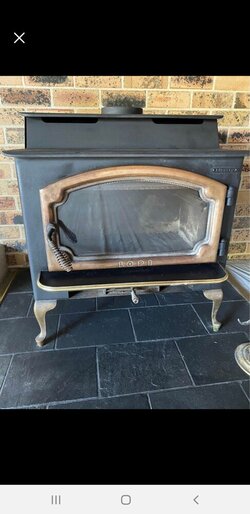
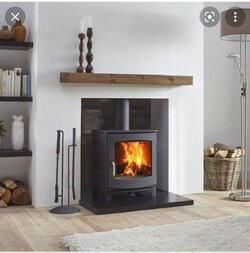
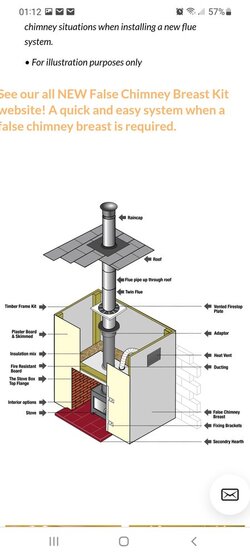
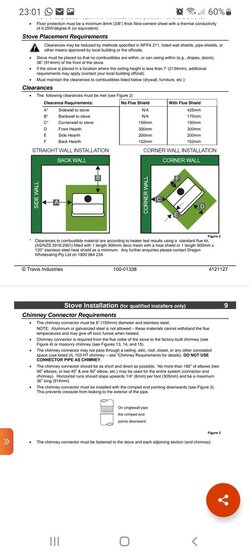
I'm from New Hampshire but live in Australia. I am a carpenter by trade.
I'm about to install a beautiful old 1994 Lopi Liberty in my single storey brick veneer house.
It's a beast of a stove. I've got 8 foot ceilings and sheetrock walls. I really like the look of a false chimney breast (pic attached) and wondered if this is advisable for my situation. I'm using a double walled insulated chimney pipe that the manufacture claims can be run within 1 inch of roof framing timbers (I won't cut it that close though).
I guess my biggest concern was about heat build up within the chimney breast. Would simple vents along the top be enough? The plan is the use metal stud spacers and tile backer against the back wall, and to frame up the wall.
Any advice would be greatly appreciated. I gave the manual for clearances, but also wonder how high I should keep it off of the top of the stove.






